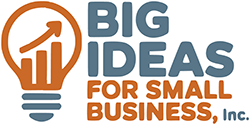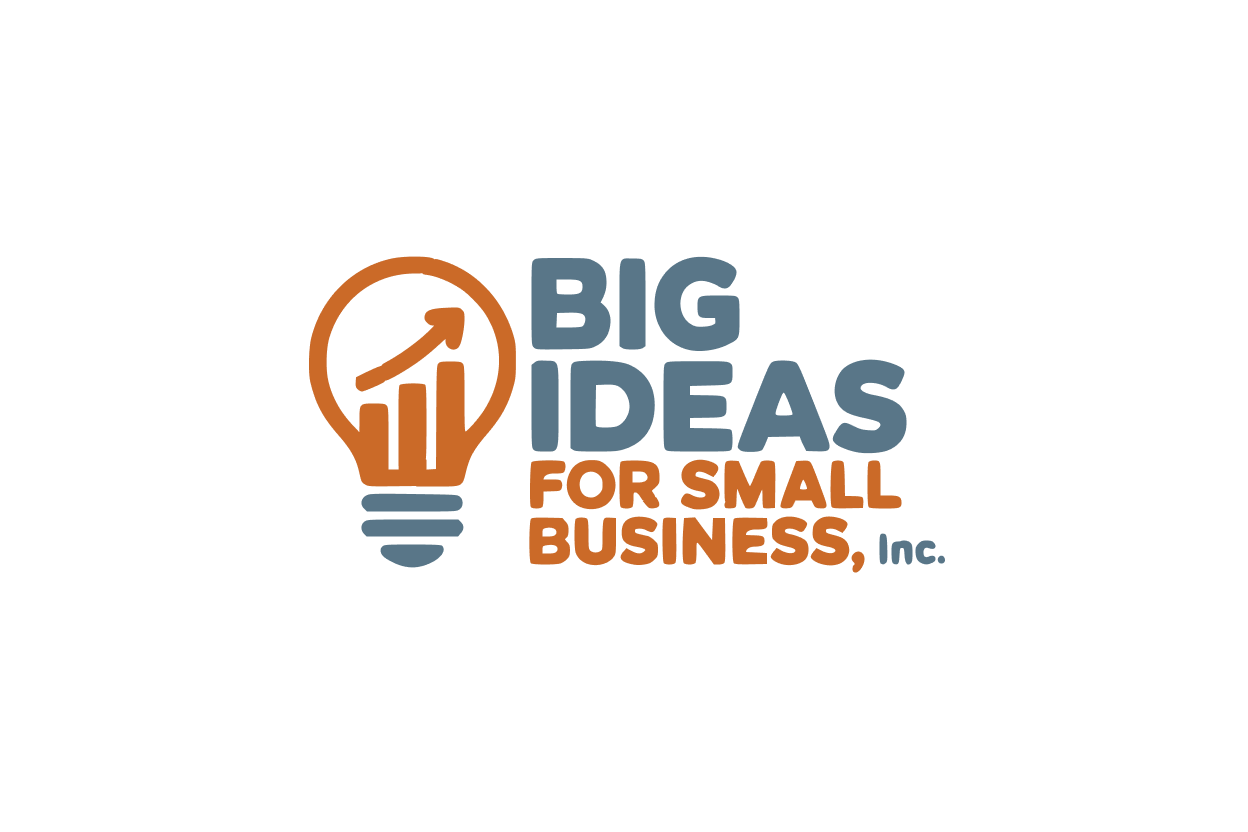 If you’re launching a new business or developing a new project for an existing business, you probably need money to do it right. Instead of using conventional methods, such as getting a bank loan or finding a person willing to invest, you may be able to raise cash through crowdfunding. According to the dictionary, “crowdfunding is the practice of obtaining needed funding by soliciting contributions from a large number of people especially from the online community.” There are different types of crowdfunding, and different practical and tax consequences for each.
If you’re launching a new business or developing a new project for an existing business, you probably need money to do it right. Instead of using conventional methods, such as getting a bank loan or finding a person willing to invest, you may be able to raise cash through crowdfunding. According to the dictionary, “crowdfunding is the practice of obtaining needed funding by soliciting contributions from a large number of people especially from the online community.” There are different types of crowdfunding, and different practical and tax consequences for each.
Overview
Just because you’re seeking funds for what you consider to be a worthy endeavor is no guarantee you’ll be successful in your crowdfunding campaign. Crowdfunding success typically depends on telling a compelling story about what the money is for and providing details (e.g., bios of who is on your team, the timeline for the business, product, or project launch, and even the risks). Use high-quality visuals and videos to tell your story clearly. And be realistic in setting your funding target. The University of Rhode Island Development Center lists 11 elements of a successful crowdfunding campaign.
In choosing a crowdfunding platform, be sure to note the different fees and conditions for each platform. For example, do you have to refund money if you don’t meet your fundraising goal?
Equity-based crowdfunding
A campaign contributor (the person or business seeking funds) may use this type of crowdfunding to raise significant funds by offering an ownership interest to investors. The campaign contributor’s ownership interest is diluted to the extent it is shared with these investors. The contributors remain investors indefinitely, although their interests could be bought out at some point.
This crowdfunding method is effectively limited to C corporations because S corporations can’t have more than 100 shareholders and divvying up ownership interests with limited liability companies and partnerships just doesn’t work in this situation.
Under SEC rules, companies can raise up to $5 million within a 12-month period through crowdfunding. Investors’ net worth and income may limit their investments.
The company’s balance sheet will reflect the infusion of cash as well as the adjustment to shareholders’ equity. There are no immediate tax consequences to bringing in new investors. And there is no negative impact on cash flow. The company is under no obligation to make distributions to these new investors.
Platforms: Fundable, Equity Net, SeedInvest, and WeFunder.com.
Debt-based crowdfunding
Funds are raised by obtaining loans from a crowd on a lending platform. The borrowed funds must be repaid with interest. If collateral is required, there’s a risk that this security will be lost if the loan is not repaid. But the campaign creator does not give up any ownership interest. And the relationship with these lenders is finite; once the loan is repaid, the relationship ends.
The balance sheet reflects the cash into the business and, if the business has raised the funds, the debt that’s owed. If the business owner raises funds personally and then contribute the cash to the business, the debt remains the owner’s obligation.
Platforms: LendingClub (personal loans) and BusinessLoans.com (network of online lenders), Honeycomb Credit (designed for loans to local businesses).
Reward-based crowdfunding
A campaign creator may raise funds from people interesting in supporting a special project or venture usually in exchange for a nonfinancial reward (not ownership or repayment of debt). Typically, this type of crowdfunding is used for the development of artistic projects or new gadgets. The reward, if given, typically is branded merchandise, early access to what’s been developed from the crowdfunding, or an acknowledgement (e.g., in a book or video created through the crowdfunding).
Funds raised through this type of crowdfunding constitute taxable income in the year received. Of course, the business expenses for developing the project or venture essentially offsets the income. Note: Because Kickstarter uses Stripe to process payments, the campaign creator may receive Form 1099-K reporting the gross amount of the revenue raised if the total for the year exceeds a threshold amount (e.g., set to be $2,500 for 2025 unless Congress changes this). Indiegogo uses Stripe and PayPal, so the same reporting rule applies.
Platforms: Kickstarter (creative projects, technology, and more), Indiegogo, and Seed&Spark (creative projects such as films).
Donation-based crowdfunding
A campaign creator seeks contributions from people willing to help a cause. They give money without expecting anything—product, service, repayment, reward—in return. Typically, this method is used in a personal rather than a business context to raise relatively small amounts of cash. Gifts are not taxable income. But if a business raises funds through this type of platform, be sure there is no implied quid pro quo that would convert tax-free (gift) income into taxable income.
Platforms: GoFundMe and Facebook Fundraisers (there is a “business” category, but there were no ongoing campaigns at the time this blog was created).
Final thought
Money may not grow on trees, but it can be found online through crowdfunding platforms. Determine your needs and understand the consequences of the type of crowdfunding you use to meet those needs.


